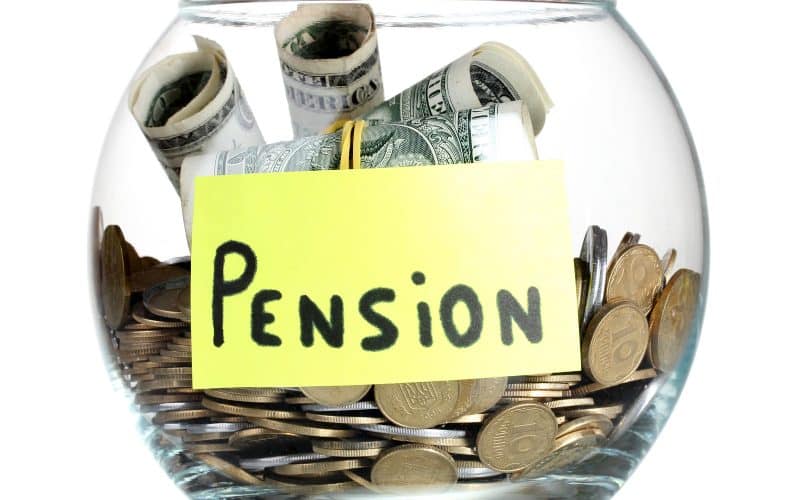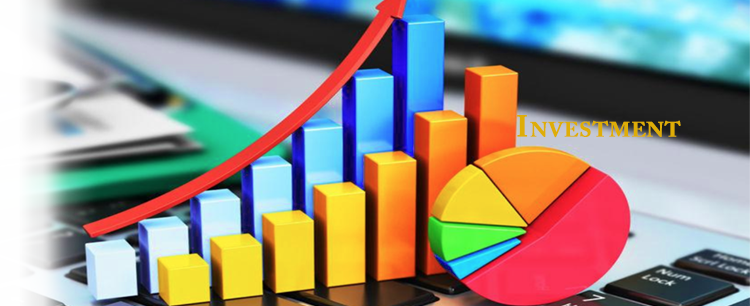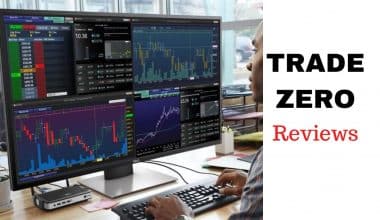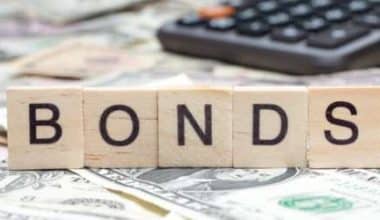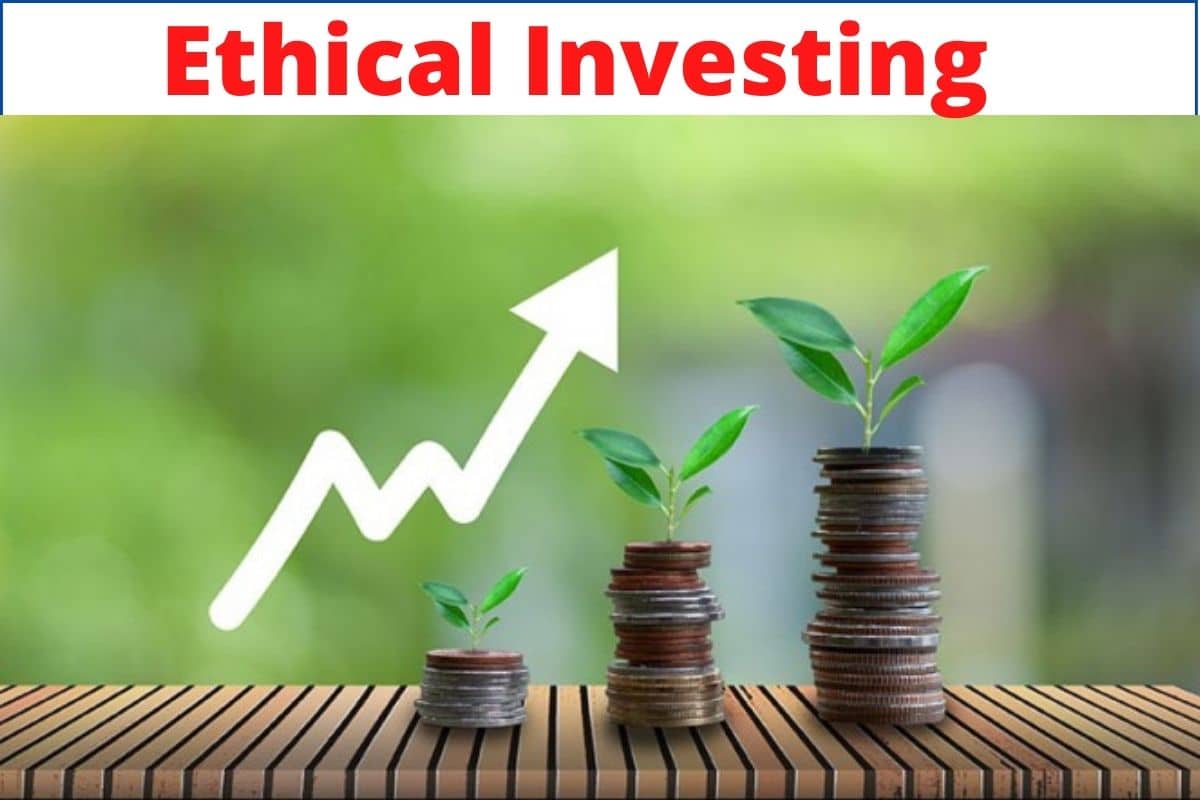Life is a daring adventure. Everyone passes through each day trying to satisfy their needs through their daily earnings. But have you ever thought of how secure the future would be when you retire? How will you be able to afford to live in that mansion you’ve always desired? What if your business does not survive as planned? This is where Pension and Investment comes in. Just like when you embark on a road trip to New Jersey without a spare tyre, and get stranded due to a flat tyre, it’s simply because failed to prepare for a scenario like this. The same is also applicable to individuals in a government or private organization who fail to secure their future financially. This article serves as the best guide for pension and investment, with references to the online option, subscriptions as well as the best places to invest
What is the definition of Pension and Investment?
Pension is a set-aside money that government or private organizations pay employees pending years of service for future benefit. It also safe to refer to it as a retirement savings of an employee that comes from a slight deduction via the employee’s emoluments/payslip. It is usually a 10% or 8% deduction depending on the salary structure. As such it’s a collective responsibility of both the employer and the employee. This actually means that as an employee, you can also increase your pension account through your personal fund.
Read Also: Discretionary Investment Management: Overview, Advantages and Risk
However, they are mandatorily paid upon retirement, usually on overage or health grounds as compensation for past employment with the organization. It is therefore very pertinent to ensure that employers add pension grants to employees’ packages when due.
On the other hand, investment means owning an asset or an item with the goal of generating income. It is also an increase in the value of the asset over a period of time.
Note that Contract staff are not usually beneficiaries of Pension and investment packages.
Can I Invest With My Pension?
The money you put into a defined contribution pension plan will likely be invested in a variety of vehicles over the years leading up to retirement. Commonly, investors have the option of putting their money into a single fund or spreading it out across several.
What Does It Mean to Be Invested in a Pension?
A pension plan is a type of retirement plan in which the employer contributes to a fund for the benefit of the employee in the future. The funds are pooled and invested on the employee’s behalf, with the earnings from those investments providing retirement income.
Pension and Investment Overview
For the most part, an entrepreneur is often qualified to participate in the pension scheme of his/her choice to secure his/her business as one of the insurance policies. However while, your organization may have a pension and investment administrators or custodians, you can choose a financial institution of your choice. But an employee is not to access his or her account until retirement or over the aged of nothing below 50years. Often times some persons who still work at the age of 55years are not also eligible to access their account.
Conversely, to some extent, you might wonder if the money remains in the account till retirement. This remains No.
Your pension institution, monitored by Pension Funds Commission, takes the fund and investments them in valuable and approved investments such as shares, government Bond and other recognize securities.
Although, Pensions sounds dull and dreary to teen ears, it’s the basis for life-saving. You can agree with me that it seems irrelevant for young ones, as retirement seems a long way off for them. Then I encourage you to start from your little earnings before you start encountering the expenses of life. Remember in your fifties you might not be able to be strong for service and it calls for retirement. Therefore pension is a great option for securing a decent income when you retire. This is because even after your years of service, you’ll still need to pay for the bills, accommodation, food – including occasional treats.
Read Also: BITCOIN CASH: Definition and Investment
Pension and Investment Subscription
In a nutshell, Pension and Investment subscriptions allow employees to subscribe for their pension and investment account through tax-deductible expenses by the employer. These investment subscriptions come through annual management charges including policy fees, bid /offer spreads shown on the pension account statement of the individual upon demand. These charges vary from 1-3% or with the least of 0.3% depending on the scheme. Therefore, it is best and advisable to consult professional advice before you opt for any Pension plan or scheme. It helps in reducing their taxable income, and the amount they owe the IRS.
A retirement fund account also grows at a tax-deferred rate. In other words, no tax is due on them as long as they remain in the account. The worker needs to defer tax on the retirement plan’s earnings until he starts to withdraw. This tax treatment allows the employee to reinvest dividend income, interest income, and capital gains. This equally generates a much higher rate of return upon retirement.
However, some companies tend to keep their traditional defined-benefit plans, but freeze their benefits. It means that after a certain period, workers will no longer increase to greater pension payments, no matter the years of their service for the company or how large their salary has grown.
In the case of Pension and Investment subscription, a pension plan provider may decide to implement or modify the plan. This means that employees under this category will always receive a credit for any work prior to the changes. The past work varies from plan to plan depending on the extent it has covered. Therefore, the plan provider covers this cost for each employee in a fair and equal way over the course of his or her remaining years of service.
Do I Need to Invest if I Have a Pension?
Basically, that’s the shortest possible way to put it. According to Jillian Kennedy, partner at Mercer Canada and head of the financial services firm’s investment wellness strategy, “your workplace pension might make up a meaningful part of your retirement income, but it shouldn’t be the whole thing.”
Is It Better to Put Money in Savings or Pension?
Investing in a pension plan allows your money to grow at a faster rate and has many other benefits. A pension is a form of tax-deferred long-term saving. With pension tax relief, you can put more of your hard-earned cash into your retirement fund rather than giving it to the government.
TYPES OF PENSION FUNDS
Below are some types of pension and investment funds.
- Personal pensions
- NEST pensions.
- Stakeholder pensions.
- Self-invested personal pensions (SIPPs)
- NEST pensions
- Defined contribution pension schemes.
- Multi-employer pension schemes.
Pension and Investment Online

Technology, as the bedrock of development, has really changed society, bringing it to a global world. Obviously, people don’t have to visit financial institutions or pension custodians to take long processes in enrolling for a pension and Investment account. The pension and investment Online option saves you the stress. This online option helps you conveniently sign up with just few steps.
It enables an entrepreneur or those who are eligible to own a pension investment account online from the comfort of their homes. With life’s ebbs and flow, you can easily login with any device and carry-on favorable changes of your choice in few seconds.
All that’s left is to ensure that you are totally comfortable with the pension and investment subscription . Trust me, you do not want to start with this only to opt-out in the long run. Online Pension and Investment does not require a rigorous process. Additionally, you may also have to study your pension and investment online platform before you hit the sign up button.
Pension and Investment, Best Place to Invest.

Pension and investment could be a jackpot when you know the best places to invest.
In other words, when we talk about the Pension and investment best place to invest we are typically talking about the best place you can put in your money for growth. You do not just dump your money into a non-valuable asset. It would yield nothing. Remember that the greater the potential for growth, the riskier it becomes.
However, while there are multitude of ways you could invest, consider the listed options below as the top pension and investment best places to invest.
#1. Pension and Investment Dividend Income Fund
Dividends provide you a steady source of retirement income that may rise each year if companies increase their dividend payouts. Although, in bad times dividends can also be reduced base on the workflow of the organization.
However, be cautious of dividend-paying stocks or funds. High yields pension and subscription are sometimes risky these scenarios. Therefore, don’t invest without understanding the risks that might arise.
#2. Immediate Annuities
These are a form of insurance rather than an investment, with an annuity of about 10years. Their sole aim for pension and investment is to produce income for your retirement. However, in this case the insurance company is providing you a guaranteed income for life or for some other, an agreed time frame. The guarantee is always strong when dealing with a good insurance company. There are some annuities pensions and investments offer that will increase with inflation, although that means you’ll start out receiving a lower amount monthly. They can be a good solution for those who do not have other sources of guaranteed income.
#3. Pension and Investment Bonds
Automatically, this represent debt. Therefore if you buy a bond, it means somebody owes you money and will definitely be paying interest on it. For it to be on the safest side it must be assembled into a properly diversified portfolio issued by the federal government, government agencies, or financially-sound corporations . They can be a dependable source of retirement income. The smartest approach, however, to bond investing is building a portfolio of different maturities, with a laddering technique.
How Do Pension Funds Typically Invest?
Years ago, pension funds were limited to only investments in government securities, stocks, and bonds using a matching strategy. However, it’s all different now. Pension funds now invest in places like private equity, real estate, infrastructure, and inflation protection. The breakdown is listed below;
#1. Fixed Income Investment
Fixed income refers to those investment security that pay investors fixed interest or dividend, but not until its maturity date. At maturity, investors are repaid the capital they invested. The most common types of fixed-income are government and corporate bonds. However, there are lower risk associated to it because the returns may not outpace inflation and they regularly pay out interest.
It is a good strategy for those concerned with capital preservation. This investment strategy is mostly adopted by retirees.
#2. Private Equity
This refers to investment funds, organized as limited partnerships, who buy and restructure companies that are not publicly traded Institutional investors. They include pension funds, and some classified accredited investors in private equity. Pension funds are one of the largest sources of capital for the private equity industry. Here pools of money are invested in the equity of privately-held companies with intention of selling the investments for substantial gains. Furthermore, based on the promises of market returns, private-equity fund managers charge high fees.
#3. Stocks
Stocks are securities that represent an ownership share in a company. For companies, issuing stock is a way to raise money to grow and invest in their business. When you own stock in a company, you are called a shareholder because you share in the company’s profits.
#4. Real Estate
Pension fund real estate investments are typically passive investments made through real estate investment trusts or private equity pools. Some pension funds run real estate development departments to participate directly in the acquisition, development, or management of properties.
Also, commercial investment such as office buildings, industrial parks, apartments, or retail complexes are long-term investments with a goal to create portfolios of properties that combine equity appreciation with a rising stream of income to balance the ups and downs of the markets.
#5. Infrastructure
Infrastructure investments remain a small part of most pension-plan assets, but they are a growing market of a diverse assortment of public or private developments involving power, water, roads, and energy. However, public projects experience limitations due to budgets and the borrowing power of civil authorities. Private projects require large sums of money that are either expensive or difficult to raise. Pension plans can invest with a longer-term outlook and the ability to structure creative financing.
#6. Inflation Protection
An inflation hedge is an investment intended to protect the investor against a decrease in the purchasing power of money. Barron’s Finance & Investment Handbook states: “Traditionally, gold and real estate have a reputation as good inflation hedges, though growth in stocks also can offset inflation in the long run.
Therefore, for a greater achievement on Pension and Investment subscription, seek advice, consult an expert from an authorized body or financial institutions before incurring an Investment. Its main objective is to ensure that employers do not bench their employees from the fund. Pension fund assets should be managed by ensuring that eligible retirees receive the benefits they deserve.
DISCLAIMER!
This article should NOT serve as an investment guide, it’s solely for informational purposes. We thereby emphasize that we do NOT endorse any of the investment schemes. They are subject to your choice of decision and verification. We are not sponsored by any of the investment firms and the information provided here is to the best of our knowledge.
